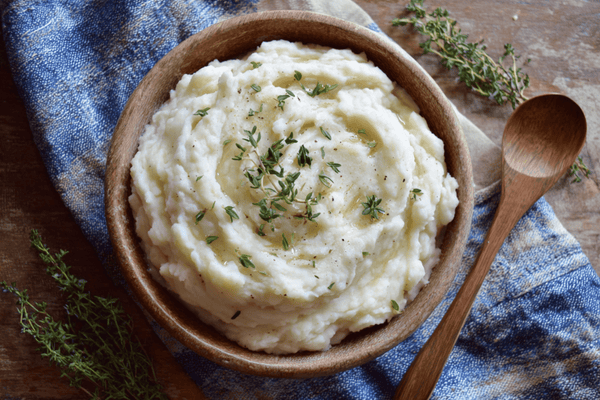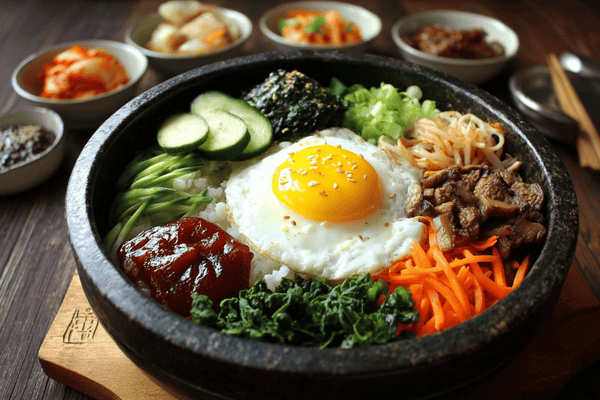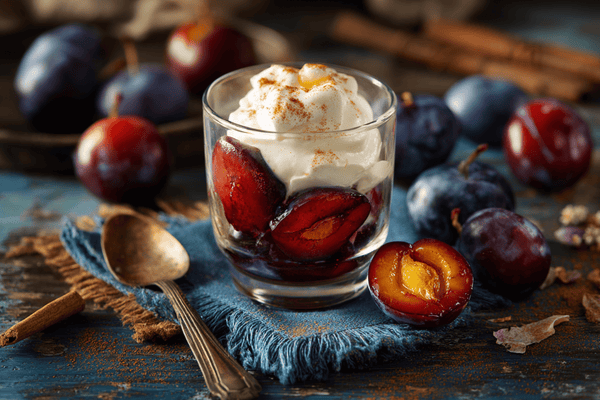
With the festive period just around the corner and Michael Buble coming out of hiding, we’re all starting to think about that Christmas dinner. But if there’s one thing that irks even the most experienced chefs, it’s getting that turkey perfectly carved. And yes, there is an art to it.
If you want to impress at the table this Christmas then never fear; we’ve got your back. We’re going to be looking and the ins and outs of carving the perfect turkey so your Christmas Day will go off with a bang.
Table of contents
What You’ll Need to Carve a Turkey
One of the most common questions when it comes to carving a turkey is do I need a carving knife? Now, realistically, a carving knife will give you the best results and ultimately make the job easier simply because this work is exactly what this type of knife is made for.However, if you don’t have a carving knife, it is possible to use a regular chef’s knife to carve the turkey and there won’t be too much of a difference.
You’re also going to need a good-sized cutting board that is large enough for the turkey to comfortably sit on. For stability, we would recommend placing a regular kitchen towel underneath the board as this will prevent it from sliding around as you cut.
Finally, carving a turkey can be a messy job so you’ll probably find that you will benefit from having some paper towels alongside your serving equipment.
Do I Need to Let the Turkey Rest?
What’s one of the most common Christmas Day complaints? The turkey was dry! It’s something that we moan about every year but we still find ourselves with a ginormous bird on the table come 25th December. But it’s not the turkey that is dry, it’s usually how it’s prepared.For the ultimate juicy turkey, you need to let the bird rest after cooking. Jamie Oliver suggests leaving it for up to 90 minutes and this is fine but generally speaking, you can get away with leaving it for 30 minutes. You will need to cover the turkey while it rests and using tin foil is a good idea although some people cover it with towels.
Allowing this rest time gives the meat juices a chance to redistribute around the bird and will also allow the fibres of the meat to fully relax.
When you’re ready to carve the bird, keep in mind that cutting into the meat will release a lot of the temperature. This means that you should serve the meat as soon as possible after carving. While you could keep it in a warm oven or trolley, this will start the drying process.
Where To Carve?
Picture the scene; it’s Christmas Day, the family is gathered around the table hungry and ready for a festive feast. At the head of the table, the chef proudly displays the turkey ready for carving. But what if you’ve never carved a turkey before and you don’t fancy your chances of impressing your guests by ripping through the bird in an inexperienced manner?Don’t worry, while it is traditional to carve the turkey at the table, it isn’t essential. Doing it in the kitchen removes a lot of pressure and you have the advantage of being able to create a fancy-looking platter to display on the table. Wherever you decide to carve the turkey, just keep in mind that you should have a dedicated carving station with everything you need to hand.
Step by Step How To Carve The Perfect Turkey

Now that you’ve got everything prepared and your bird is rested, it’s time for the fun to start. If you’ve never done this before, take your time and enjoy the experience.
1. Start by removing the wings. If your bird is well-rested then they should come away pretty easily but you can use your knife to cut them off at the joint.
2. Next, you will need to remove the legs. This can be done in the same way as the wings, using your knife to separate them where they meet the main carcass. While it can be tempting to separate the drumstick, it’s not quite time to do this yet.
3. All too often, people make the mistake of cutting the breast while it is still attached to the bone but it’s much simpler to remove it entirely. You can do this by feeling for the backbone of the turkey and running your knife along its length. The breast should then easily come away. Repeat this on both sides of the bird.
4. Now, you should turn the carcass over and slice away any dark meat from the bottom. You can also now separate the drumstick from the leg and remove any dark meat from here as well.
5. Slice through the breast, cutting 0.5cm pieces. This should be incredibly easy owing to the lack of bones in this part of the meat.
6. You can arrange your meat on a platter and pour over a little gravy to prevent it from drying out. If you’re carving the bird at the table, you might alternatively serve the meat directly onto people’s plates.


